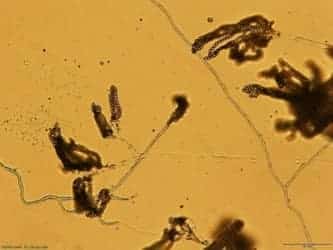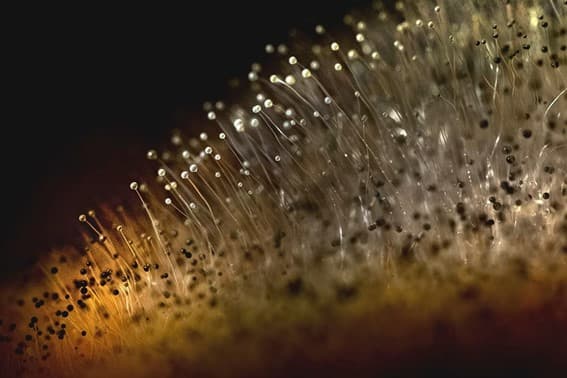What was the challenge or problem to solve?
The project was requested by a company in the food sector that found that some of its cakes were contaminated by a type of fungus that had not been identified. The company’s objective was to analyse and find out as soon as possible which fungus was causing the contamination, as it could endanger the health of its consumers.


Taking into account the characteristics of the project, it was developed in a multidisciplinary way, involving different areas and departments of INFINITIA, such as its Food Team and the Quality Control and Testing Area.
An internal interdepartmental meeting allowed us to establish the planning and sequencing of the phases we were going to carry out to develop the project.
This process began with the isolation of the fungus colonies from the sponge cake, using the microculture technique in a slide. The aim was to obtain samples of each fungus colony in isolation so that they could later be observed under an optical microscope. Although a priori slide microculture is a more laborious technique than others, it has been shown that it allows high quality preparations where the structures causing the contamination could be observed more easily.
Una vez aplicada la técnica de microcultivo en porta se procedió al empleo del microscopio óptico dada su versatilidad y capacidad para mostrar las estructuras reproductivas del hongo, en base a las cuáles podríamos identificarlo.
Once the slide microculture technique had been applied, the optical microscope was used, given its versatility and capacity to show the reproductive structures of the fungus, on the basis of which it could be identified.
Thanks to all this work carried out by INFINITIA, we were able to identify the genus of the fungus causing the contamination, which allowed our client to undertake the direct measures for its treatment and elimination.

